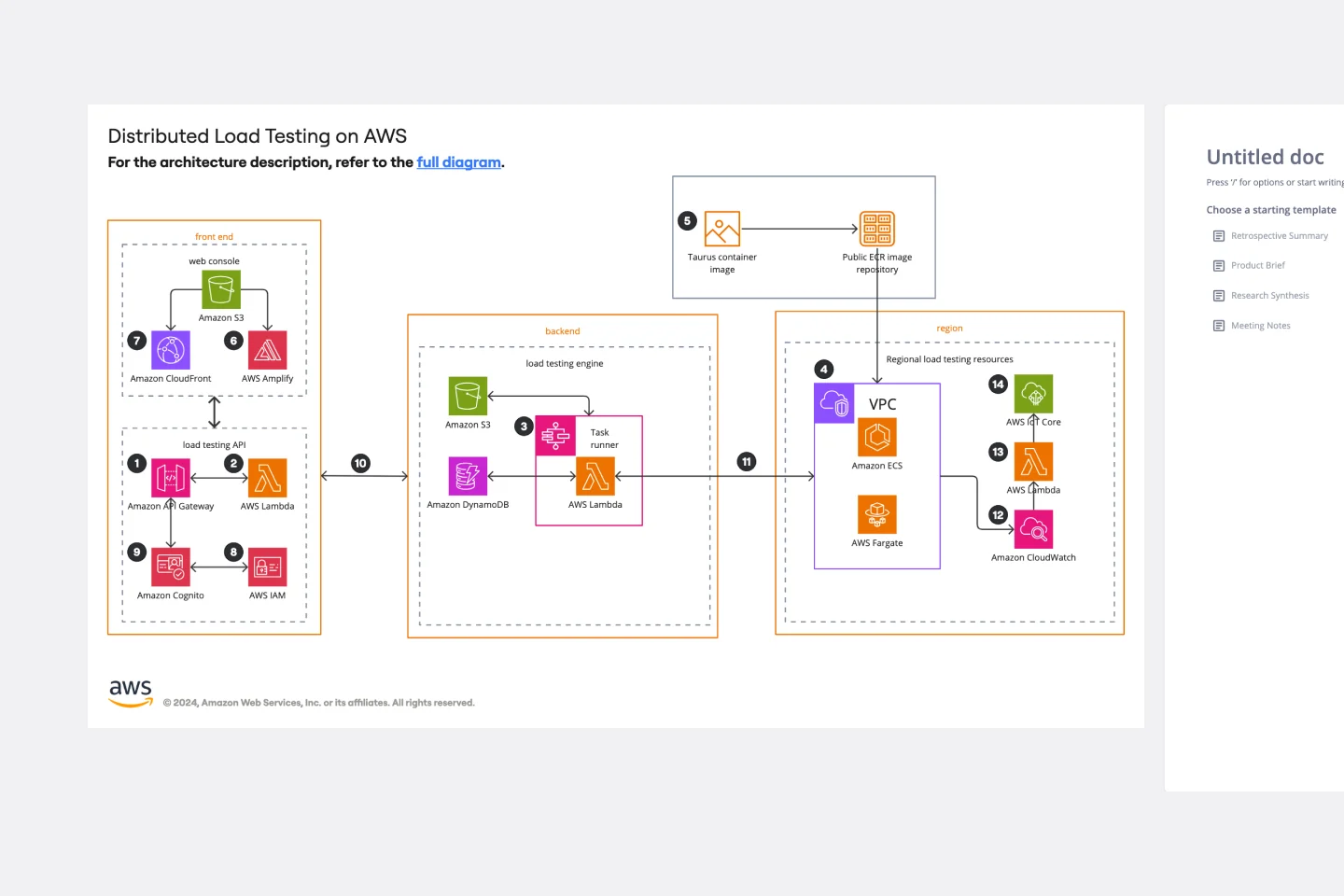About the Instance Scheduler on AWS Template
The Instance Scheduler on AWS template is a reference architecture from the AWS Solutions Library. It provides a framework for automating the start and stop schedules of Amazon EC2 and Amazon RDS instances. The primary goal of this template is to help users save on costs by running instances only when needed. Organizations can use this template to implement a more efficient and cost-effective cloud resource management strategy.
How to use the Instance Scheduler on AWS template
Review the template: Once you're on the board, take some time to familiarize yourself with the layout and components of the template. This template outlines the architecture for scheduling instances and includes various elements such as EC2 instances, RDS databases, and scheduling mechanisms.
Customization: Although the template comes pre-filled, it's designed to be flexible. You can customize the template according to your specific scheduling needs and preferences. This might involve adjusting the start and stop times for instances or modifying the scheduling logic.
Implementation: After customizing the template, the next step is implementing the architecture in your AWS environment. This involves setting up the necessary AWS services and configuring them as outlined in the template.
Monitoring and adjusting: With the Instance Scheduler running, monitor its performance and impact on your AWS environment. You may need to make further adjustments to the scheduling parameters to optimize costs and resource utilization.
Why use the Instance Scheduler on AWS template
The Instance Scheduler on AWS template is invaluable for organizations looking to optimize their AWS resource management. It not only simplifies the process of managing instance schedules but also ensures cost efficiency by automating the start and stop of instances based on demand. Here are the main reasons to consider using this template:
Cost savings: Automating the scheduling of instances can lead to significant reductions in cloud computing costs by ensuring that you only pay for the resources you actually need and use.
Simplified management: The template automates the otherwise manual tasks of starting and stopping instances, freeing up time and resources for other priorities.
Optimized resource utilization: By running instances only when needed, the template helps in optimizing the utilization of cloud resources, ensuring that you get the most out of your AWS environment.
This approach to managing AWS instances not only contributes to a more efficient cloud resource management strategy but also aligns with the goals of sustainability and operational excellence.


